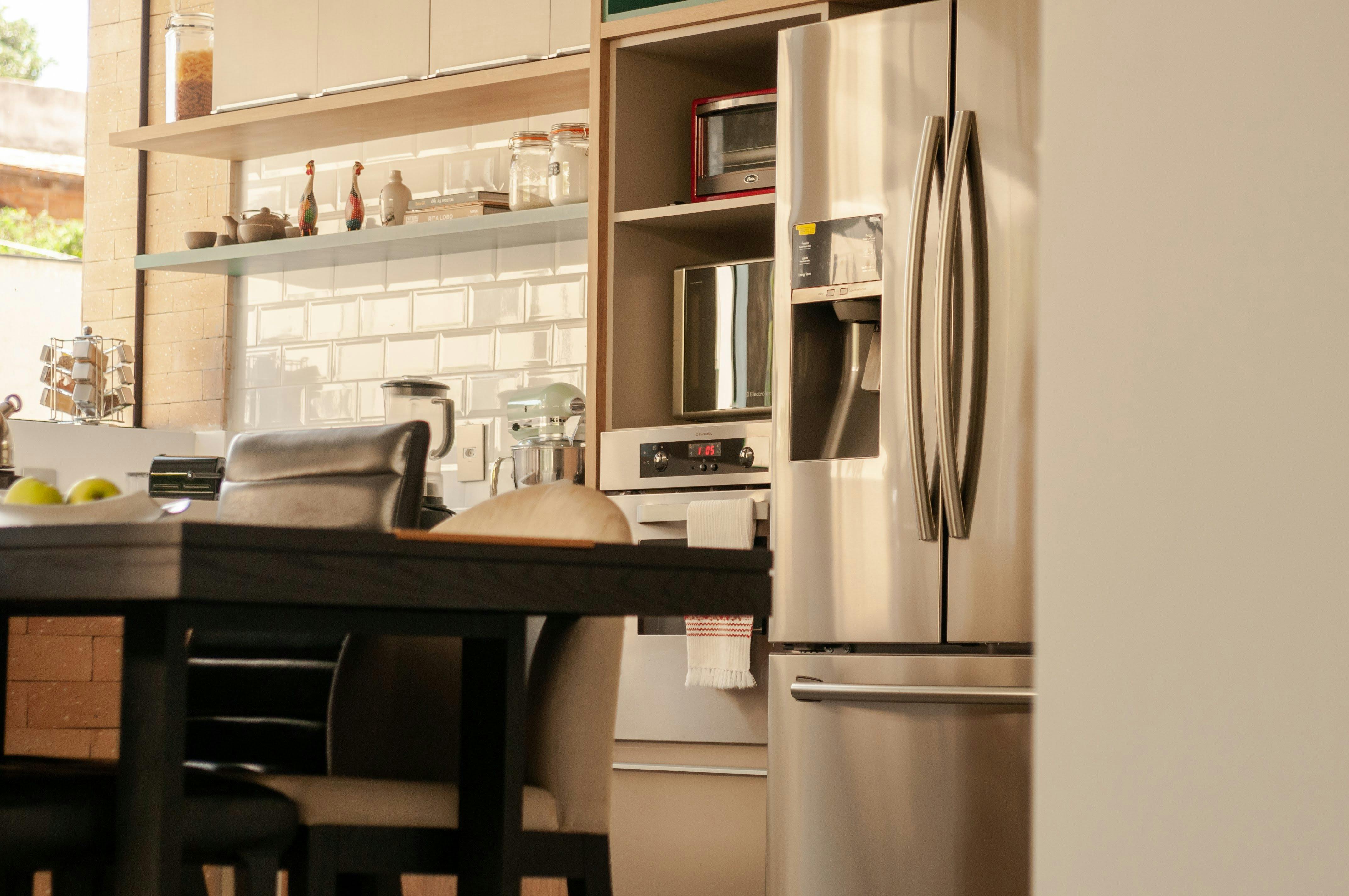Create the Perfect Outdoor BBQ Kitchen Island
There’s nothing like having a barbecue to top off a perfect summer day, whether it’s a juicy steak cooked on a freestanding gas or charcoal grill or a fantastic meal prepared entirely in an elaborate outdoor kitchen. While the grill is the backbone of any cookout, today’s options to take the whole party outside make a backyard cookout even more fun.
An outdoor kitchen not only provides great entertainment for you and your guests, but it expands your living space and can add value to your home. With proper planning, you can create the perfect outdoor kitchen that will be a source of enjoyment and relaxation for many, many years.
The starting point of an outdoor kitchen is the space itself. Whether you plan to place the room outdoors on a deck or patio, make sure you have enough space for not only the grill and other appliances, but also plenty of comfortable seating. An area that is too narrow will make it difficult for your guests to move around and fully enjoy the space. If outdoor room space is a constraint, consider downsizing your plans for the grill and other appliances. A large grill that scares people away is not a trade off you should consider.
Once you’ve determined that you have enough space for your plans, it’s time to select your outdoor kitchen centerpiece: the kitchen island.
When it comes to the kitchen island, you have two basic options. You can buy from a wide variety of pre-built islands available from several established manufacturers, or you can get an island custom built to your own specifications. For a truly ambitious DIYer, you can even build it yourself.
Commercially manufactured islands and most custom-built islands are framed with heavy-gauge steel, similar to the metal studs you might find in a modern home. However, typically the steel used is a heavier gauge than what is used inside the home. In the past, islands were often built with concrete poured into frames (a time-consuming task) or framed with treated lumber, which has a much shorter lifespan than the virtually indestructible steel used today. Even a DIY enthusiast would do well to choose steel over the easier but less permanent option of treated wood.
Obviously, the key to any outdoor kitchen is the grill. There may be a tendency to want to save money by buying a cheaper grill to put on your kitchen island, but a cheap grill will soon need to be replaced and the cost of removing the old grill and replacing it will likely exceed the added cost of a better grill. Stick with a heavy gauge stainless steel grill for best results.
When choosing your outdoor kitchen layout, be careful to leave enough counter space to work. Having your appliances and sink stuck together with no room to work is a big mistake. If you have too little space, it would be better to opt for smaller appliances.
In addition to the grill, a centerpiece of many outdoor islands is a wood-fired oven. For the DIY homeowner, if he’s been tempted to use wood to frame his island, he won’t even consider if he intends to include a brick oven. Not only can his manual labor go up in smoke, but he can take his entire house with him.
Most stylish outdoor kitchens include a sink, but building codes and plumbing costs make it a very expensive addition. If you have a sink in your plans, consider a small under-counter water heater to avoid the cost of running a hot water line from the house.
The island can be finished in a wide variety of materials. The base is usually finished in natural stone or brick, but there are other materials that can better complement the exterior of the house. Countertop finishes are typically weather-resistant materials such as granite, porcelain tile, or natural stone tile.
Is an outdoor kitchen in your future? With careful planning, you can add an amenity to your home that you and your guests can enjoy for years to come.
